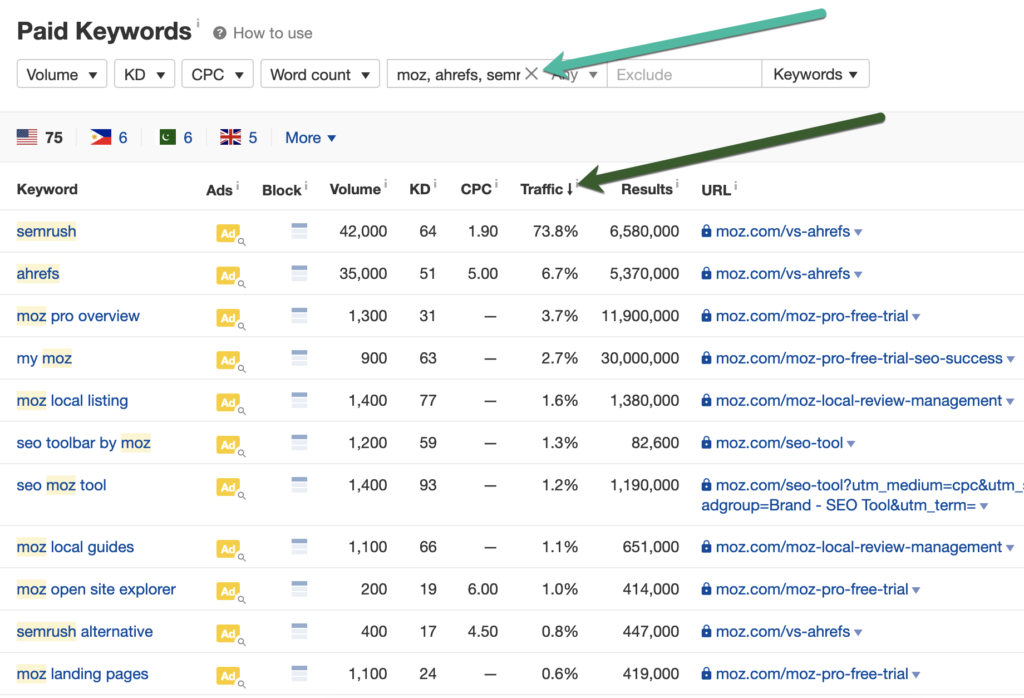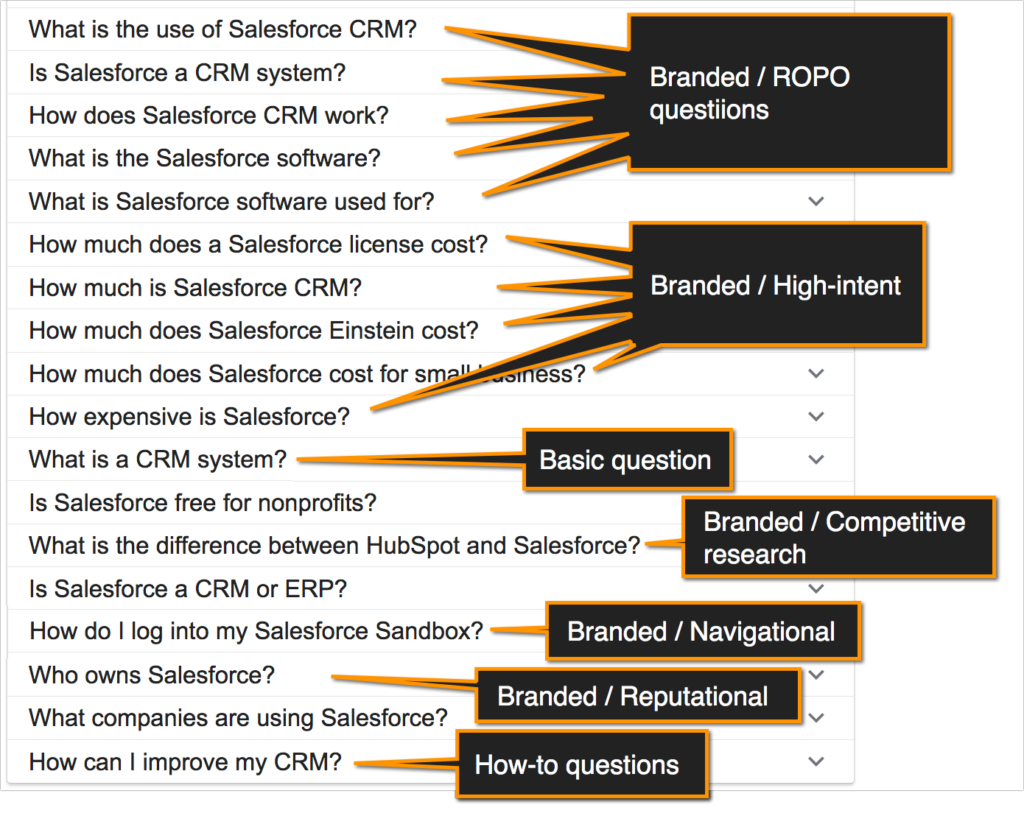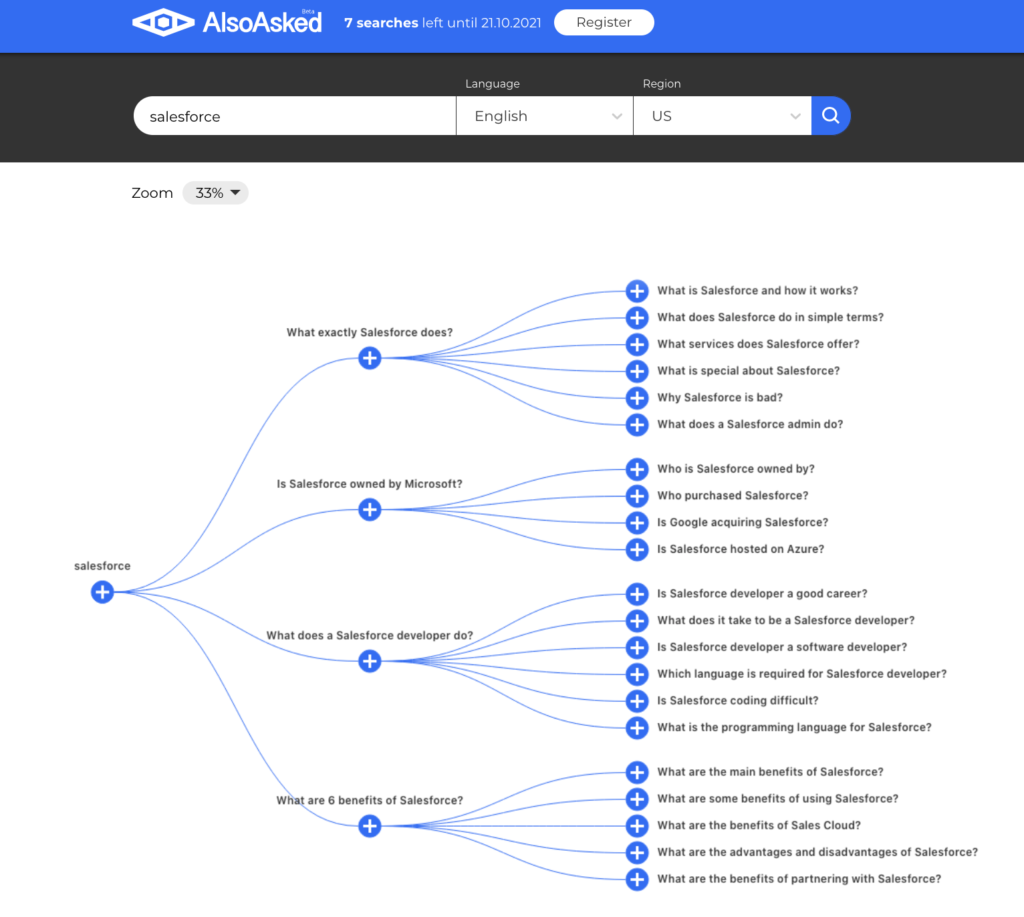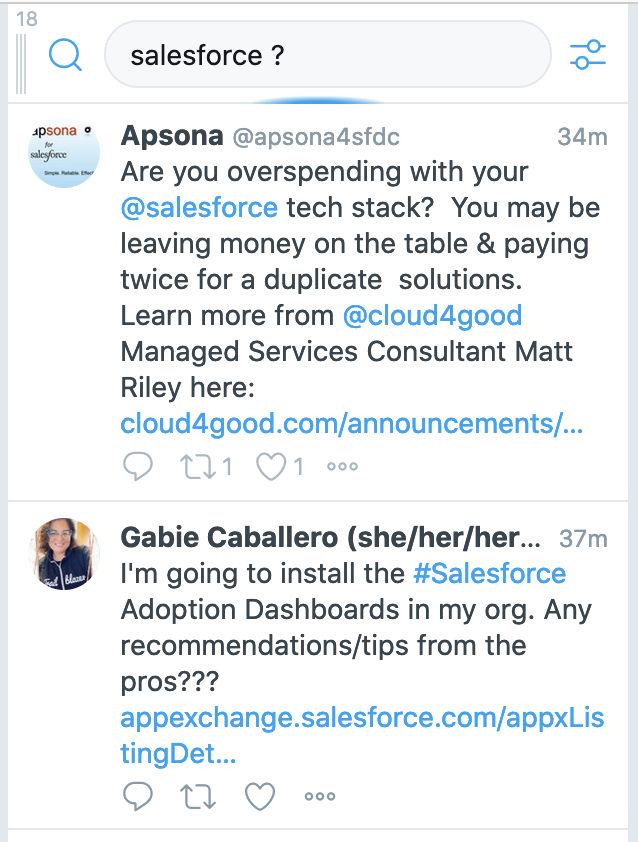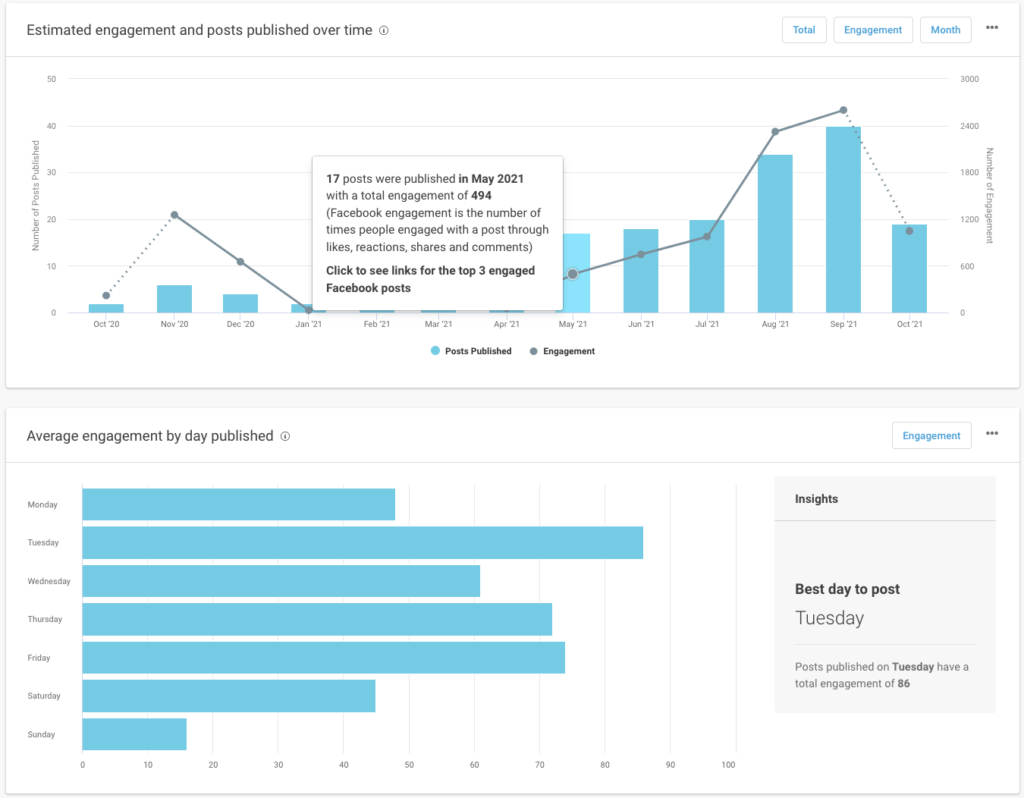
30-second summary:
Title optimization of articles, blogs, or webpages is critical to get traffic and earn money from Adsense and affiliatesThe standard advice is to stick to one keyword phrase per page to maintain strict relevance and avoid getting penalized for keyword stuffingAdding extra related keywords, however, apart from the modifiers and words to create a sensible title has the potential to get more traffic to websitesHere are some good insights and tips on how you can optimize your keywords titles
Optimizing titles of articles, blogs or webpages is critical for getting traffic and earning money from Adsense and affiliates. The standard advice is to stick to one keyword phrase per page to maintain strict relevance and avoid getting penalized for keyword stuffing. But adding extra, related keywords, apart from the modifiers and words to create a sensible title, has the potential to get more traffic to your site.
In this article, I’ll review, my own experience in crafting carefully multiple keyword titles.
Keep the title short – one keyword phrase to a page
As a golden tip, start targeting individual keywords on separate pages and use multiple pages for related words. General landing pages for mixed or general topics generally will not work because you will not be able to compete for popular single keywords without adding phrases for longtail titles. The general advice is that you should keep the title short (less than 70 characters) and only target perhaps two or three primary keywords that are highly relevant to the content of the page and its objective. You can of course develop long-tail keywords that include your primary keywords plus a series of modifiers to make a ‘sensible’ title that makes sense to humans and the test the bots use to evaluate your sites.
void keyword stuffing
There is a lot of information on the dangers of keyword stuffing, which means over-use of your keyword or keywords in the title, description, and the body copy. Google invokes a penalty for keyword stuffing, though the threshold keyword density is not exactly known. There are various tools for counting keyword use frequencies. Keyword Density is simply measured as the relative number of times your search term (Keyword or Keyword phrase) occurs as a percentage of the total number of words on a given page. The ideal Keyword Density must not be greater than 5.5 percent. But various search engines have different thresholds before they apply penalties. Reasonably, high Keyword Densities can help boost page rankings but you don’t have to overdo it.
Keyword Density can be boosted by using your keywords repeatedly in the:
Title tagHeader tagComment tagBody tagAnchor tagImage tagAlt tagDomain name, andParagraph tag
Another general piece of advice for titles is not to exceed using the identical keyword in the title more than twice.
How Google and other search engines crawl and rank your keywords in the title
It is not widely understood, but Google and other search engines register and rank every individual keyword in your title and every combination – including various orders and positions for the keywords. Although there is a priority for phrases with the keywords in the order they are in the Title, and for words that appear first, Google will register all the keywords and phrases and derive a ranking for them.
Dilution of the weight of the keywords in the title
Google also appears to regard long titles as more likely to be Spammy (especially very long titles). Longer titles may also appear keyword-stuffed. Research has shown that the first keyword in the title has the highest weight; the second keyword has somewhat less weight and so on. By adding more words you may dilute the weight applied to each of them. For targeting two-word searches and phrases, it is important to keep keywords close to each other and in their ‘natural’ order. Try to match the likely order of the terms in the search phrase, to the order in the title.
Use multiple keyword phrases multiply your traffic
If Google derives a rank for all the words in the title, surely, by including two or three keywords rather than one will be more likely to get more traffic. The traffic for each word should add up and multiply. Understanding when this is appropriate and when it is not is the crux of optimizing titles. As explained previously the weight or value of the keyword appears to fall rapidly as you move from the first word to the last. More keywords appear to dilute the weight given for each word. Also, there is the important issue of relevance. Your page may be penalized if the words you use are not highly relevant to the content of the page.
The key aspect is competition – only use a single phrase if the competition is high
If there is a lot of competition for a keyword then it is best to only use a single keyword or phrase. Stick to the keyword phrase you have found using the Google Keyword Planner for use in the title. You know the statistic and competition for that exact phrase and it is unwise to fiddle with it. Various tools can be used to estimate competition for the phrase and the likely traffic. The Keyword Research tool shows how even minor changes in the phrase can dramatically affect traffic and competition.
If the competition is high you have to maintain the strength of your page and title to compete. Adding extra phrases will dilute the weight applied to the keyword. You will be competing against pages that are likely to be strongly targeted on that keyword phrase as well. You could lose the battle if you don’t have that singular, highly focused title for the keyword.
If there is moderate competition enrich your title with more keywords
For moderate competition, there are several ways you can go to use multiple keywords in the title.
1. Use two or more Modifiers
The solution to not duplicating the keyword is to add one or two extra modifiers or action words. If you look at the competitive keyword phrases shown by the Google Keyword Tool you will often find that two phrases look promising that both contain the primary keyword or phrase.
[action word 1 keyword] + [keyword action word 2] = [action word 1 keyword action word 2]
Let’s say, for instance, you are after a keyword title for your article about Green Tea health benefits and you want to use a longtail keyword narrowing the search to extracts. The obvious solution is:
Health Benefits of Green Tea Extracts
This provides a title for four phrases
Benefits of GreenHealth Benefits of Green TeaGreen Tea ExtractsHealth Benefits of Green Tea Extracts
Another example is a title about Professional Make-up Artists
Reviews of Professional Make-up Artists + Make-up Artist Portfolios = Reviews of Professional Make-up Artist Portfolios
This makes the title target four phrases in one:
Reviews of Professional Make-up ArtistsMake-up Artist PortfoliosProfessional make-up artist portfoliosReviews of Professional Make-up Artist Portfolios
In both cases, this very simple tactic makes it possible to create a short concise title that is enriched by optimizing it for more than one key term and narrowing down your target audience. Perhaps your article is about creating portfolios and how to find and review make-up artists and this title targets these keywords. Of course, it is often hard to find word combinations similar to these and it emphasizes that title design is a real art. These examples also show how the use of action keywords and modifier phrases to target buyers who are ready to buy, which will fulfill the aim of your website.
2. Long tail action based keyword choices
Long-tail titles using action words are generally more effective, as action-based queries usually attract users that have already got their credit card out and are hungry to find what they want and to buy it. Targeting your audience will lose part of the potential audience but the ones you have filtered for will be more likely to buy.
The role of SEO title optimization is to enrich the keywords in the title that potential buyers might use when conducting a search to target the group that is interested in your product or services.
The best strategy is to build the longtail keyword title, not by using poorly selected action words as modifiers, but by researching the action words and phrases as well for maximum benefit.
Combine competitive keyword phrases to enrich the title
The Google Keyword Planner Tool might show two promising keyword phrases essentially related to the same topic. Let say, for instance, that you are trying to market green tea extracts using their health benefits, particularly to help people having issues with losing weight. The Google Keyword Planner Tool shows three competitive phrases
green tea health benefitsgreen tea extractgreen tea health benefits for weight loss
These phrases can be combined in ways that retain the order of the words (with green tea as the first phrase) but allow all these phrases to work in your title.
For example
Green Tea Extract: Health Benefits for Weight Loss
This longtail keyword is optimized for all three competitive phrases.
The ideal separator for two phrases
What is the ideal separator when using multiple keyword phrases? It does not really matter. You can use a pipe (|), a colon (:) a dash (-), or a comma (,)
However, don’t use the underscore ( _ ) as search engines don’t recognize it as a separator. These characters have no ranking benefit, but they help make your title readable.
Dealing with plurals and synonyms
In some cases, you may want to expand the keywords in the title to include plurals, synonyms, and other expressions for your topic. For example “architect supply”, “architectural supplies” and “technical drawing equipment” essentially deal with the same topic. You will need to craft the title to include these variants if you can.
For example: “Architectural supplies: Technical Drawing Equipment for Architects”
One of the potential dangers with targeting a single term in your title is that it creates a tendency for over-optimization, even when it’s not intended. You may use that single keyword everywhere on your page. If you include variants this is less likely to happen.
Don’t overdo it!
You need to be careful because adding more keywords can mean that each of them will have less and less impact. The more you try to stuff extra keywords into the less natural it is going to sound. For example, if you use the following title it will appear in the search results as –
Cheap Coffee | Gourmet Coffee | Ground Gourmet Coffee
Google won’t like it as it will be interpreted as keyword stuffing. Your potential customers won’t like it because they will see it as unnatural and likely to provide useless promotional material
Much better would be:
Low Price Ground Gourmet Coffee and Fresh Roasted Bean Suppliers
Which version looks better in the search results? Which one is less likely to be seen as keyword stuffing and deception?
If you have a keyword ‘Recycling Information – How And Where To Recycle
What if you want to optimize an article for the keyword “Recycling Tips” as well?
You could build a title such as
Recycling Information – Recycling Tips – How and Why Recycling is Better
But this is clearly keyword stuffing and Google will probably penalize it.
A better option is
Recycling Information – Tips, Tricks and How to Recycle
You can see that your second keyword recycling tips is in the title, but with the keyword word information in between. This will be slightly less effective but Google will still list you page for the keyword Recycling Information – Tips. If you look at the search results where the matching keywords are shown in ‘bold’, you will notice that this often occurs even for pages that appear high up in the search results.
Final thoughts
Building traffic is important, but it is conversion rates that really matterThe keyword “tail” should not “wag” your dog (marketing strategy). Keep the focus on the major keyword and keep it at the front of your title.Use association and keyword matching to group keywords. Rank your potential phrases for search popularity, but make sure you can compete for them and cascade down by adding modifiers to build a longtail title that will work.Never forget that a human user will determine your conversion rates, not the search enginesYour titles must be readable and appealing
If you do all this along with writing high-quality content intended for people and optimized for Google, your articles, blog, or webpages will suddenly be ranking for multiple keywords with high conversion rates. You may even end up being in the first spot for a keyword that was never your main focus.
Jacob M. is a copywriter, marketing blogger, inbound marketing consultant, and founder of Write Minds. He can be found on Twitter @jmcmillen89.
Subscribe to the Search Engine Watch newsletter for insights on SEO, the search landscape, search marketing, digital marketing, leadership, podcasts, and more.
Join the conversation with us on LinkedIn and Twitter.
The post How to optimize keywords and SEO titles with popular keywords appeared first on Search Engine Watch.




















